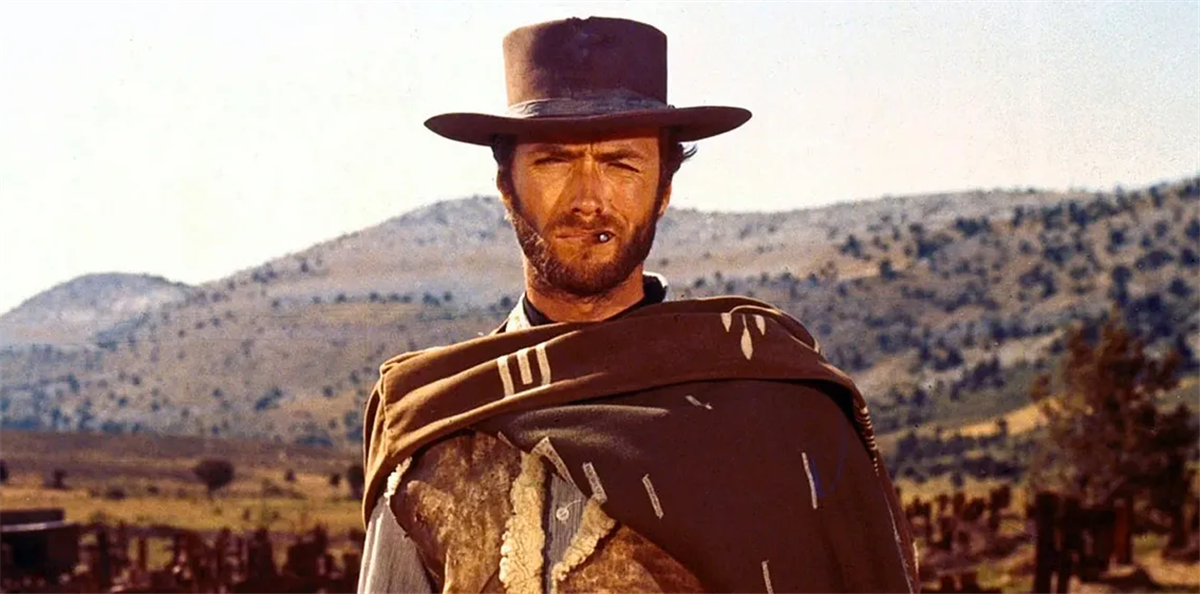Clint Eastwood’s iconic 57-year-old Western gets assessed by a civil war expert and receives a brutally bad rating for its historical accuracy.
- Clint Eastwood’s iconic Western, The Good, The Bad and The Ugly, receives a brutal rating for its historical accuracy from a civil war expert.
- The film takes creative liberties with history for dramatic purposes, not intending to be a historically accurate representation of the American Civil War.
- The Good, The Bad and The Ugly prioritizes entertainment over historical accuracy and is widely regarded as the greatest representation of the spaghetti Western genre.
Clint Eastwood’s iconic Western, The Good, The Bad and The Ugly, gets assessed by a civil war expert and receives a brutal rating for its historical accuracy. Released in 1966 as the third installment in Eastwood and director Sergio Leone’s Dollars Trilogy, the iconic film follows the three titular gunslingers racing to find a buried cache of Confederate gold amid the American Civil War. Today, The Good, The Bad and The Ugly is widely considered to be the definitive spaghetti Western and is credited with catapulting Eastwood into stardom, though it’s not as highly regarded for its historical accuracy.
In a new video from Insider, civil war expert Garry Adelman assessed The Good, The Bad and The Ugly for its historical accuracy. Adelman immediately takes issue with the film’s use of anachronistic weaponry, including a Gatling Gun and mortar guns, during the Battle of Glorieta Pass in New Mexico. He goes on to explain how some aspects of the bridge demolition scene are accurate. Overall, Adelman rated the film a 2/10 for its historical accuracy. Read his full commentary or watch the portion of the video below:
Right away, what stands out is the Gatling gun. The Gatling gun was around during the Civil War, but it was not used in 1862. It was also not used in New Mexico where this is really set. You can count on two hands the number of Gatling guns that were actually used in the Civil War and those used would have been barely at Petersburg and occasionally on Union Naval vessels. The idea that these positions are prepared in a battle that in reality happened with nobody expecting it. They’ve got revetted walls and mortar guns and all this. That stood out right away as something a little crazy.
It’s pretty realistic in that scene that you see a lot of artillery fire. Not exactly the artillery fire I would expect. They certainly weren’t lugging those heavy mortar guns with high arches all the way through the New Mexico desert in order to get to this place, but it’s pretty realistic that they’re shooting with artillery at first because they’re really outside of the 250-350 yard range that is the effective range of the shoulder carried rifled muskets. The idea of both sides charging as a melee into one another. There weren’t 800 soldiers on each side at the Battle of Glorietta Pass going over a 300 yard sort of meeting in the middle. That sounds more like medieval days than the Civil War.
AdvertisementAdvertisementWe actually have solid accounts of how Civil War soldiers wired bridges. This was often done by engineer soldiers, soldiers who understood explosives and where to place them so that they could use as little as possible to get the job done there. They seem to be doing a pretty good job in the movie wiring it along where the peers and the main supports were in order to make this particular bridge collapse.
I’m not aware of soldiers on either side blowing up bridges during the Battle of Glorietta Pass to affect some sort of a victory. Battles were often fought over transportation facilities. It was so important to control rivers and roads and railroads that bridges were natural targets of both armies during the Civil War. I would give this clip a two out of ten. The fact is that this is so wrong that it’s hard to attribute to any one battle in this campaign.
How Historically Accurate Is The Good, the Bad and the Ugly?

As indicated by Adelman’s low rating, The Good, the Bad and the Ugly‘s depiction of American Civil War battles isn’t considered to be very historically accurate. Like many works of fiction, and especially Western films, The Good, the Bad and the Ugly takes creative liberties with history for dramatic purposes. While the Western is set against the backdrop of the Civil War, it’s not intended to be a historically accurate representation. Instead, the violent chaos of the time period is meant to act as a backdrop for the characters’ pursuit of the buried treasure.
As a Sergio Leone film, The Good, the Bad and the Ugly is heavily stylized and features the director’s signature use of long shots and close-up cinematography. Its costume and weaponry, for instance, are not meant to be reflective of the time period, but the iconic imagery popularized by the spaghetti Western genre. The Good, The Bad and The Ugly prioritizes storytelling and entertainment over historical accuracy, which is perhaps why today it is widely regarded as the greatest representation of the spaghetti Western genre.
